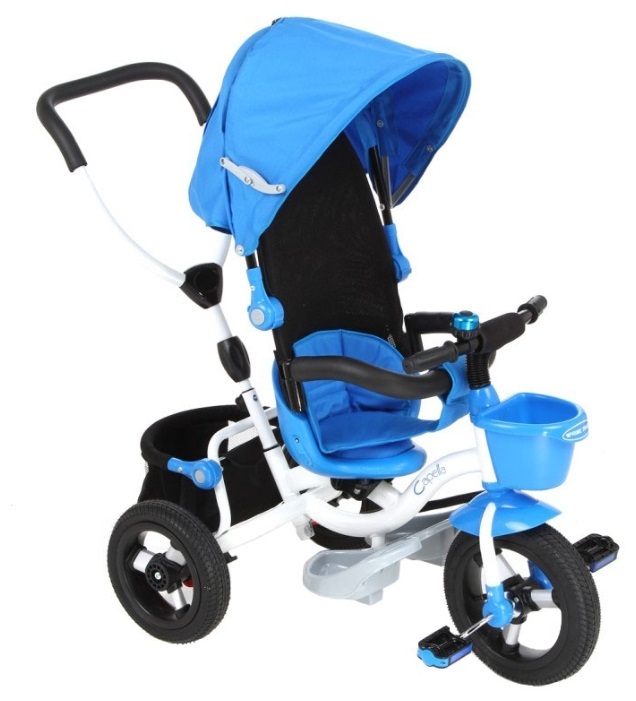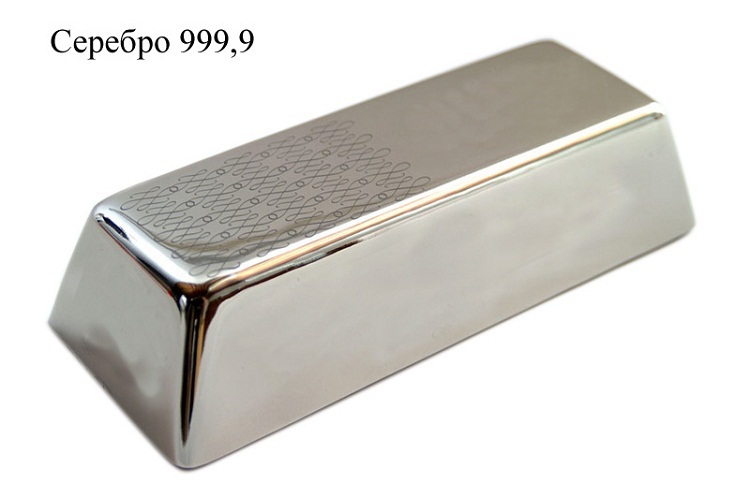Contents:
- Features of the plant
- How to water?
- Temperature mode
- How to transplant?
- Fertilizers
- Reproduction
- Possible problems
What kind of care does gardenia require at home? This question worries many owners of this beautiful plant. After all, any flower, so that it grows healthy and beautiful, needs proper care.
Gardenia is a flower plant that belongs to the family of the Marenoys. In nature, there are almost 300 species of this flower, and they all love the warm and humid climate that grows in India and Japan. But only one species has adapted to the home conditions - jasmine gardenia.
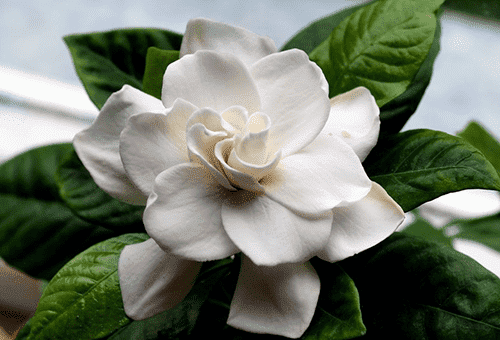
Features of the plant
Those species that occur in nature can reach 2 m in height. It is usually a bush, on which there are many beautiful buds. But at home, it can grow only up to 50 cm. In appearance, gardenia resembles a rose, they even look like a smell. Flowers are single or collected in inflorescences, it depends on the variety. It is the jasmine gardenia that keeps its buds for a long period, from July to October, if proper care is taken.
Leaves that have deep green color, have a bright shine. The flower is white, but is also found with a small yolk. Cutting a bush, you can achieve a different shape. It can be a ball, a candle or a beautiful miniature house tree.
Gardenia is a characteristic plant. She reacts strongly to the change in temperature, a sharp drop in moisture, does not like direct sun. Also does not like to change its habitat. But it's easy to learn the secrets of nursing, to please this beauty and admire her delicious flowers.
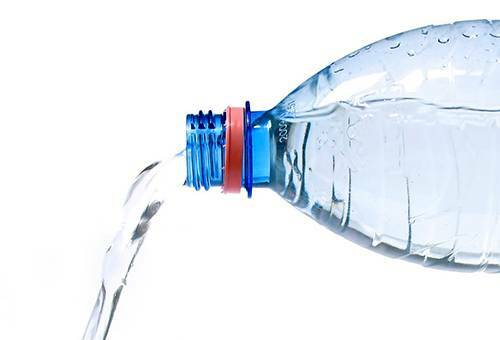
How to water?
Likes uniform and high humidity. To do this, it is recommended to place a pallet under the pot, in which there is a wet claydite. It is desirable to spray gardenia, make it a light warm shower, but at the same time cover the soil with oilcloth.
Advice
Taking care of the plant and spraying it, you should avoid getting water on the buds. From this, they appear ugly spots that will damage the appearance of the flower.
It is necessary to maintain soil moisture, but avoid stagnant water. In winter, watering is done a minimum number of times, only when the soil begins to dry out. Water should be cold and unstable. To do this, a few days before watering, you need to collect water and let it stand, so that heavy metals and chlorine settle to the bottom. Ideal - rain or melt water, but this applies to clean regions.
It is recommended to add lemon juice to water every fourth watering. Proportion: a few drops per liter of water. This helps the plant to more easily absorb the nutrients that are in the soil.
Important!
If gardenia is watered excessively or too seldom, the root system will be damaged.
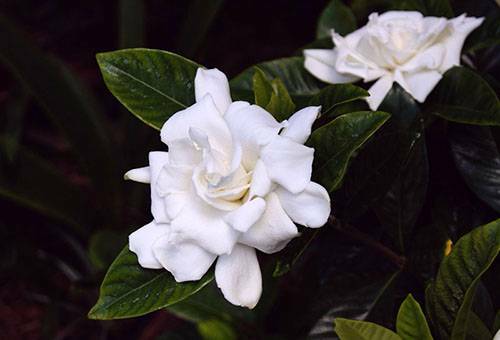
Temperature mode
This plant loves heat and does not tolerate sudden temperature changes. In the warm season, the optimum temperature is from + 20 ° to + 25 °.In winter time - not less than + 16 °, but best of all within + 18 °.It is important not to allow subcooling of the soil. If you need to ventilate the room, then the plant should be removed from the window for the time of ventilation, in order to prevent hypothermia. Screws in the summer also harm, they contribute to the fall of buds.
How to transplant?
Gardenia is best suited for sour soil. From it, she takes all the useful substances that help grow. Such soil is sold in any specialized store.
When buying a flower, you can not immediately transplant it to another soil. We need to give him some time to get used to the new habitat. Transplantation of adult plants at home is recommended to be done every 2 years. Young people should be transplanted every year.
When a plant is pulled out of an old pot, all roots are cleared from the old soil. But this is done carefully, so as not to damage the root system. The bottom of the new pot is filled with expanded clay, then sand, and at the end - the purchase of soil. But if you could not find a suitable soil, then you can cook it yourself. For this you need to take in equal parts:
- sand;
- peat;
- turf;
- coniferous earth.
If there was no sand, then perlite is taken instead. Its quantity should be 3 times more than sand.
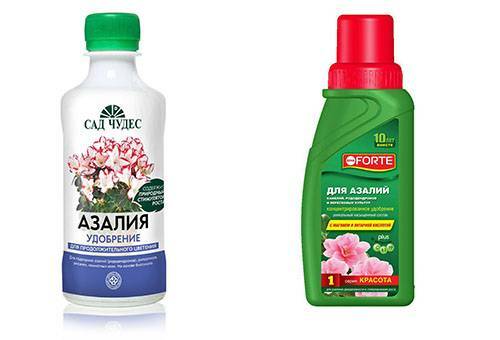
Fertilizers
The best time for fertilizing is spring and summer. If the plant is only bought, then it does not need fertilizing. At home, you need to apply fertilizer one month after the transplant.
Special nutrients are used for feeding, which are used in azalea care. They are acidic and positively affect the growth of gardenia and its flowering. Fertilizers should be applied every 3 weeks, but the water concentration should be half as much as written on the package( the manufacturer indicates the optimal proportion for azaleas).
In the autumn-winter period the plant does not need top dressing. But if the gardenia decided to please its owners with a second bloom, then fertilizer can be made, only very little.
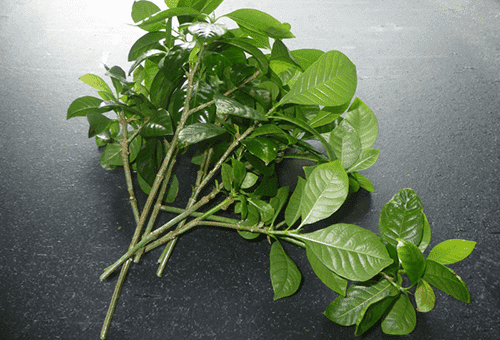
Reproduction
The main way of reproduction at home is cuttings. It is carried out in spring or summer. Take a shoot longer than 10 cm and cut with scissors. After that, it is placed in a pre-prepared soil, which must necessarily be warm. For the soil, you need to take sand and peat in equal parts.
Important!
Before planting in the ground, it is advisable to dip the cut into a light solution of potassium permanganate and allow to stand for several minutes.
When the drill is placed in the ground, it should be covered with a jar or bag. This is necessary in order to protect it from hypothermia and help to settle in new soil. A rapid growth stimulator is used to rapidly form the root. When the escape has already taken root, it is transplanted into permanent soil.
At home, the seed propagation method of gardenia is also used. Only high-quality seeds are selected. The best time for sowing is spring. The seed is placed in the soil and is poured over the earth. Maintenance consists in constant maintenance of humidity and heat. In such conditions, shoots will appear very quickly.

Possible problems
If care at home is wrong, then gardenia begins to disappear.
We list the main problems and their causes.
- Leaves become sluggish. The reason is a lack or excess of moisture.
- The leaves start to turn yellow. The reason is that the plant does not receive the necessary amount of nutrients.
- Flowers wither and fall off. The reason is that the plant does not receive sufficient moisture or is too often watered. Sometimes the cause is stress after transporting or moving the pot to another place.
- The leaves begin to crumble. The reason - an insufficient amount of moisture in the air or infection with a spider mite.
- Leaves blackening. The cause was damage to the root system.
Care for gardenia is not that simple. But you can learn this! If you adhere to the basic rules, then at home you can grow a beautiful decorative bush, which every year will delight with its buds and incredible aroma.
We advise you to read the article: auto-watering for
colors
